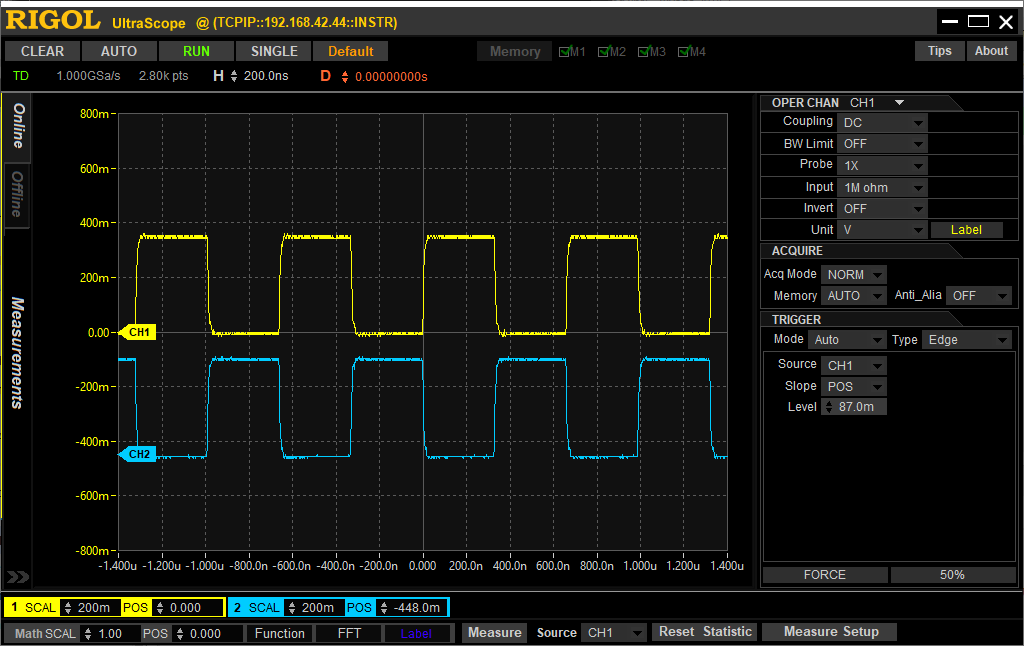Having fixed the problem with the space, I continued to test out the IBM 1410 in 1401 mode. At first, I had thought that it was getting quite far in the diagnostic M011 – it would error out with the I register (instruction counter) at 6029. I spent the better part of a day chasing down an apparent problem with the Store A Address Register (SAR – opcode Q) instruction at the indicate location. However, when I placed a halt at the test before that, it still failed at the same place. How could that be?
So, I decided it would be worth the trouble to run the 1401 diagnostic in Instruction Fetch/Execute mode (I/E). The problem became apparent much more quickly than I had anticipated. After halting at the halt and branch instruction at location 2018, it ended up trying to fetch an instruction at a location near 06020. (My memory is just a little fuzzy on when that flying leap actually occurred, and I don’t have the output anymore.)
As you may know, the 1410 has 5 digit addresses, whereas the 1401 used 3 digit addresses plus zone bits to address up to 16K of memory. It was clear that somehow the translation from the 1401 style address to the 1410 address register had gone awry.
A little digging reminded me that there was one page of the automated logic diagrams (ALDs) associated with this translation, part of what is called the “Zone Adder” that was missing – page 14.18.04.1. After some time working with the xsim simulator under Vivado, I began to suspect a problem with my re-creation of the logic from that page.
- Input “A”: -S ZONE ADDER A A DOT B A
- Input “B”: +S ZONE ADDER B BITS EVEN
- Output “O”: +S A NOT A DOT B A DOT B BITS EVEN
The output name is sufficiently complicated that the equation for this is not self-evident. Looking at the ILD figure 55, it looks like the following should be the equation:
O <= NOT A and NOT B — The NOT A is because A, above is -S not +S
Interestingly, page 14.18.04.1 is not referenced at all in the 1410 1401 Compatibility manual on page 7. On both the ILD and that manual, this signal is routed to the middle of a logical OR gate labeled “Zone Adder Carry”, which is laid out on page 14.18.06.1.
Regardless this VHDL caused the problem noted above. However, I had also penciled in on the ILD an additional inverter, which would be the signal without the added inverter (double negative and all that…). For that, the equation would be:
O <= NOT(NOT A and NOT B)
And it actually takes one less “fudged” gate, because the SDRTL provides this result outright.
It turns out that removing that inverter from the logic for that ALD (and thus implementing this second equation) cured that particular problem, both under xsim and running on the FPGA. But, at least superficially, this makes it look like it does not match the ILD — at least at first.
However, and finally, examining the page to which this signal is routed, 14.18.06.1, one sees that it is routed to a logical OR (physical NAND) gate where -S / -B active inputs generated the +S active output. So if one takes the two together, the end result is such that it does match the ILD.
The diagnostic didn’t get very much further, however, and now fails at location 2032 on a SAR instruction, similar to the failure after the “flying leap” problem, just at a different location. SAR is interesting in that it first copies the A Address Register to the B Address Register, and that is apparently failing.

